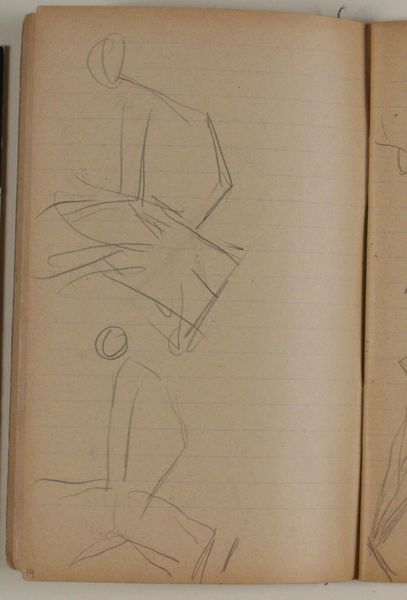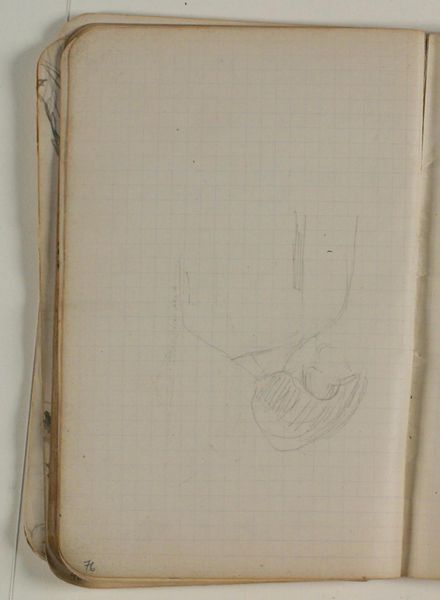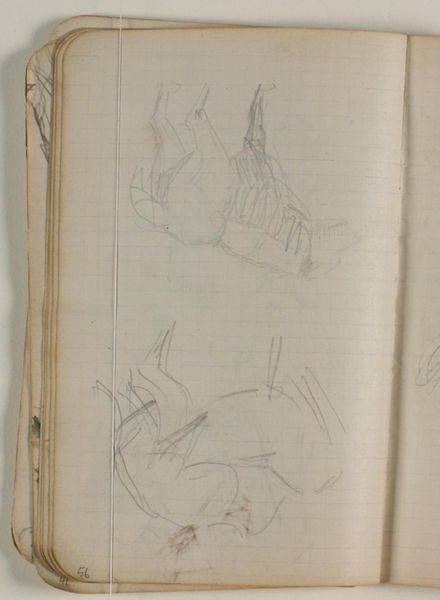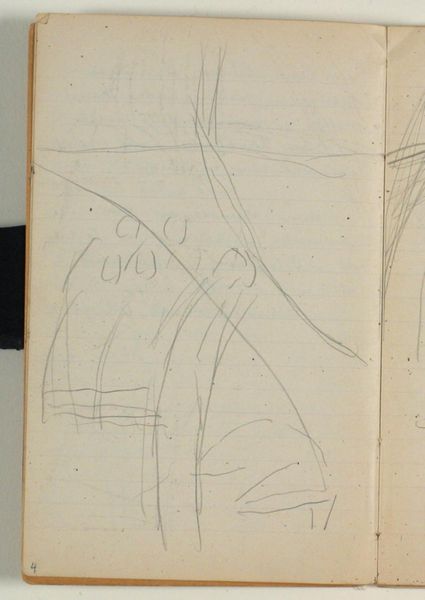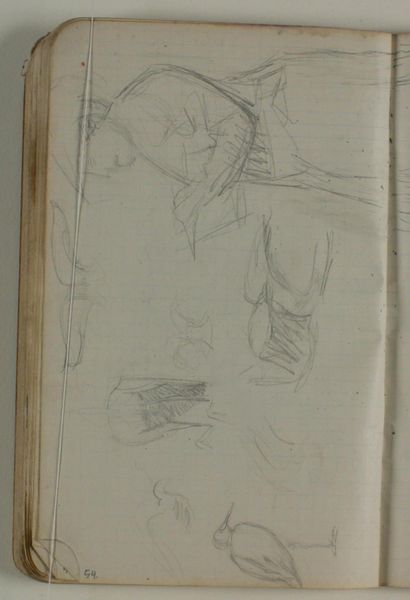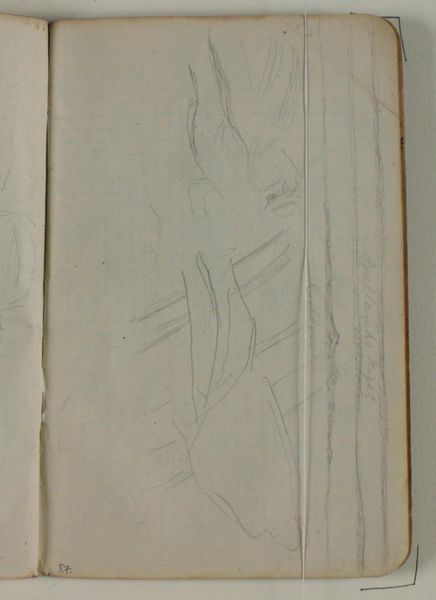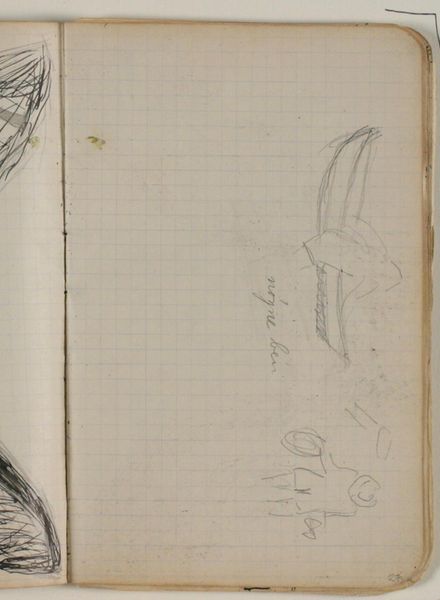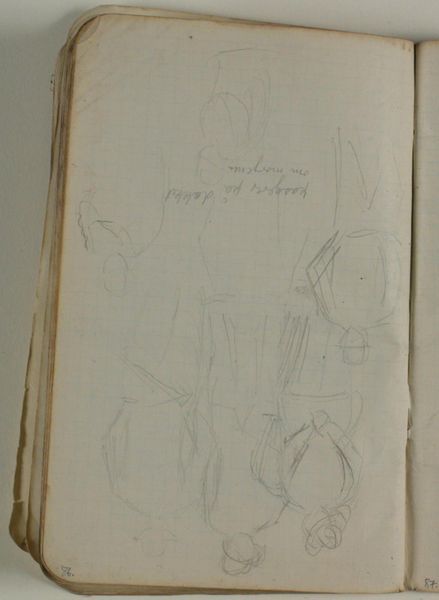
drawing, paper, pencil
#
drawing
#
figuration
#
paper
#
sketch
#
pencil
Dimensions: 169 mm (height) x 109 mm (width) x 5 mm (depth) (monteringsmaal), 169 mm (height) x 109 mm (width) (bladmaal)
Editor: Here we have "Skitser af hunde," or "Sketches of Dogs," a pencil drawing on paper by Niels Larsen Stevns, created sometime between 1905 and 1907. The loose lines give a sense of quick observation. How do you interpret this work? Curator: This seemingly simple sketch offers a powerful lens through which to examine human-animal relations within a specific historical and social context. The act of sketching, particularly animals, was often tied to asserting dominance, observing and classifying, practices deeply implicated in colonial and patriarchal power structures. How might we view these sketches not merely as observations, but as exercises in control and ownership? Editor: I never considered it in that light. So, the seemingly innocent sketch has a deeper context related to social structures? Curator: Precisely. Stevns, as a male artist working in the early 20th century, was inevitably influenced by prevailing societal norms. Dogs themselves have historically been coded in various ways. As companions, symbols of loyalty, but also as property. Exploring these historical dynamics of domination and representation encourages us to unpack the ideological work embedded within seemingly innocuous depictions. Editor: I can see how seemingly benign art can reflect underlying power dynamics when viewed through a wider lens. Thank you for making that visible! Curator: It’s about fostering critical engagement. By questioning the context of these drawings, we move beyond a purely aesthetic appreciation to consider how art reinforces, reflects, or perhaps even challenges these dynamics. Editor: That makes me want to approach art history with many more questions from now on. Curator: Exactly! And always consider how the artwork may fit into the grand narrative about class, gender, and identity.
Comments
No comments
Be the first to comment and join the conversation on the ultimate creative platform.

